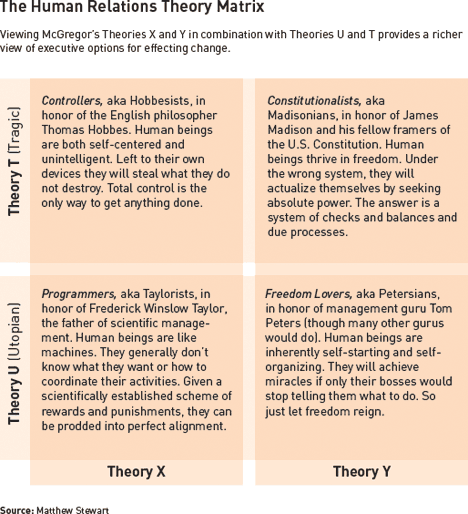"Have you ever wondered if you work with a psychopath?"
Well, no actually - but the question did catch my attention.
It starts off an HR Ringleader blog article about psychopaths, in which we learn that "there are an estimated 250,000 people walking freely in the US who fall into this category."
"That means that they are with us in the workplace," is the author's somewhat sensational alarm bell (bold in the original) in an otherwise well-intentioned article. The piece continues on to the less alarming (and not bold) caveat that "most of us will never have to deal with a psychopath", even if HR and management have to deal with some "extreme employee issues."
HR Ringleader suggests that organisations may have some employees with dodgy 'paralymbic systems' (the bit of the brain believed to go wrong for psychopaths) who manifest one or more of the following:
- Impulsivity
- Poor behaviour control
- Lack of realistic long-term goals
- Superficial charm and exaggerated sense of self-worth
- Pathological lying
- Not taking responsibility for their actions
- Committing crimes
You know, the ones who are "walking freely" down a corridor near you, and are right now "with us in the workplace" and yet might one day end up doing their televised 'perp walk' to jail for fraud . . . or collecting their bonuses after destroying shareholder value in deep water. . . or lying about that gray area between love affair and expense account . . . or driving their company to bankruptcy through hubris and 'special purpose entities'?
While HR Ringleader is worried about employees "who have characteristics that seem to be uncontrollable" and conjures the "horrors" of serial killers with guns, I can't help wondering if the real horror in many workplaces is the serial executive with options. (No coincidence, perhaps, that 'execution' fits both compulsions?)
Fortunately, HR Ringleader has just the answer for dealing with these paralymbically-challenged individuals: "Learn the EAP offerings so that you can steer them in a positive direction."
Over to you, human resource ringleaders. Go steer your chief executive to the EAP offering.
I'll be right behind you. Really.

